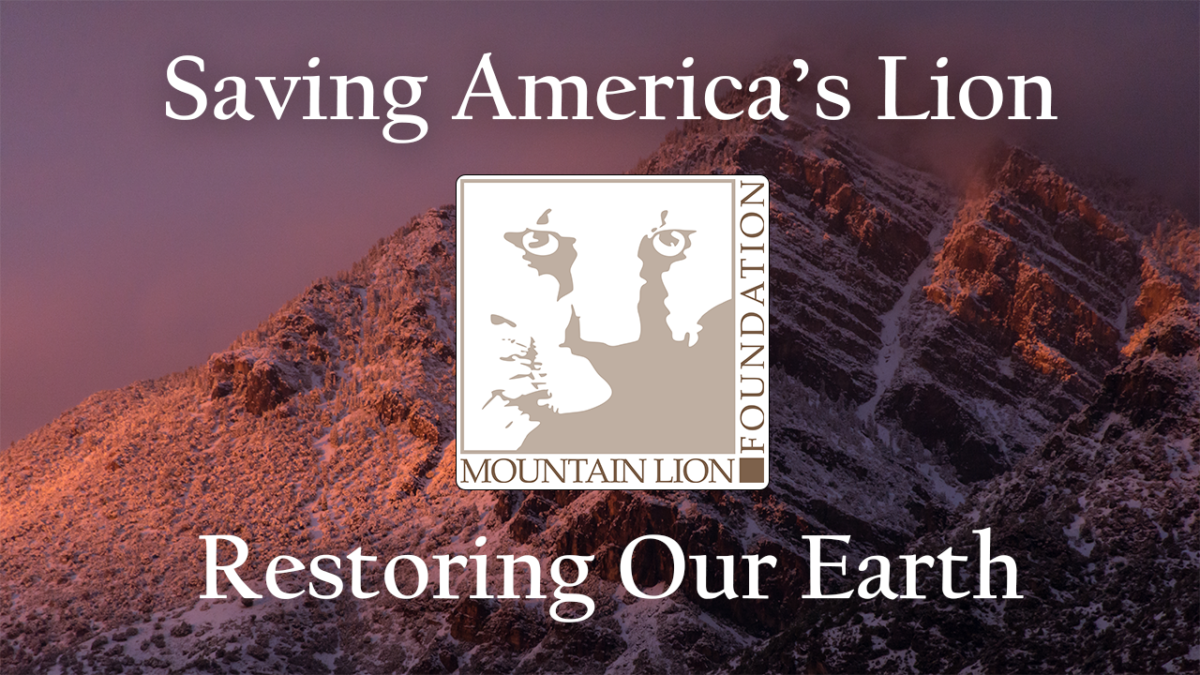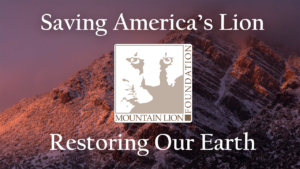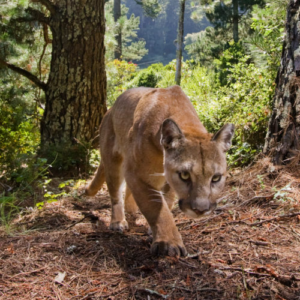“The Puma Years” with Laura Coleman
 In her early twenties, Laura Coleman finds herself living in London, her life an endless loop of commuting and corporate meetings. Tired of tight tailored suits and lacking direction, she quits her job and sets out for South America. Two months into her three-month trip to Bolivia, Laura is tired, bloated, sunburnt, lonely, and ready to go home. But a flyer about an animal welfare charity encourages her to stick it out, and soon she is en route to “el parque” in the heart of the Amazon. Arriving at el parque, Laura finds an underfunded, understaffed, dilapidated camp, along with suicidal howler monkeys, megalomaniac pigs, toothless jaguars, and many more animals who had been abused and abandoned. She also meets a timid and moody puma named Wayra who she now has to learn how to “walk” outside of her enclosure. Within days, all Laura can think about is going home. But after several weeks of barely showering, being eaten alive by bugs, and doing work that pushes her to a physical and emotional exhaustion she’s never known, Laura deliberately misses her flight back to England and spends the next two years learning how to trust Wayra, as well as how to trust herself.
In her early twenties, Laura Coleman finds herself living in London, her life an endless loop of commuting and corporate meetings. Tired of tight tailored suits and lacking direction, she quits her job and sets out for South America. Two months into her three-month trip to Bolivia, Laura is tired, bloated, sunburnt, lonely, and ready to go home. But a flyer about an animal welfare charity encourages her to stick it out, and soon she is en route to “el parque” in the heart of the Amazon. Arriving at el parque, Laura finds an underfunded, understaffed, dilapidated camp, along with suicidal howler monkeys, megalomaniac pigs, toothless jaguars, and many more animals who had been abused and abandoned. She also meets a timid and moody puma named Wayra who she now has to learn how to “walk” outside of her enclosure. Within days, all Laura can think about is going home. But after several weeks of barely showering, being eaten alive by bugs, and doing work that pushes her to a physical and emotional exhaustion she’s never known, Laura deliberately misses her flight back to England and spends the next two years learning how to trust Wayra, as well as how to trust herself.
Set against a backdrop of deforestation, illegal animal trade, and forest fires, THE PUMA YEARS: A Memoir explores what happens when two desperate creatures in need of rescue find one another. Laura lures the reader into the center of the Bolivian jungle with her exquisite descriptions of the vivid colors, insects, animals, trees, plants, dirt, and swamps that she encounters daily. The emotional highs and lows are real and raw. The relationships – with both animals and humans – are complicated, but intimate. And we fall in love with all of el parque’s residents. As that three-month ticket to Bolivia slowly turns into her life mission, Laura finds her passion and herself through helping endangered animals. Readers watch with tenderness and awe as Laura blossoms into a courageous leader, having started as an unwitting volunteer and growing to become el parque’s fiercest supporter. In this truly immersive and moving memoir, Laura explores the unique love that exists between humans and animals. Earnest, yet humorous in tone, this book is for anyone who is seeking self-discovery, a sense of belonging, unconditional love, or a greater purpose.
About Laura Coleman
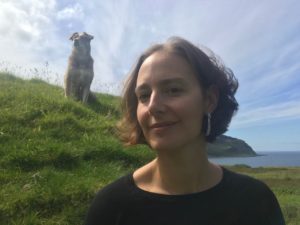 Laura Coleman (she/her) is a writer and an artist. She has lived and worked in Bolivia for over a decade, caring for rescued wild animals with the NGO Comunidad Inti Wara Yassi. This is the subject of her first book, a memoir, entitled THE PUMA YEARS. She is also the founder of ONCA, a Brighton (UK) based arts charity that bridges social and environmental justice issues with creativity, and she lives by the sea on the Isle of Eigg in Scotland with a dog called Nelo.
Laura Coleman (she/her) is a writer and an artist. She has lived and worked in Bolivia for over a decade, caring for rescued wild animals with the NGO Comunidad Inti Wara Yassi. This is the subject of her first book, a memoir, entitled THE PUMA YEARS. She is also the founder of ONCA, a Brighton (UK) based arts charity that bridges social and environmental justice issues with creativity, and she lives by the sea on the Isle of Eigg in Scotland with a dog called Nelo.
Website: www.lauracoleman.co.uk
Twitter/Instagram/FB: @laurajcol / @laura_zc / @lauracolemanauthor



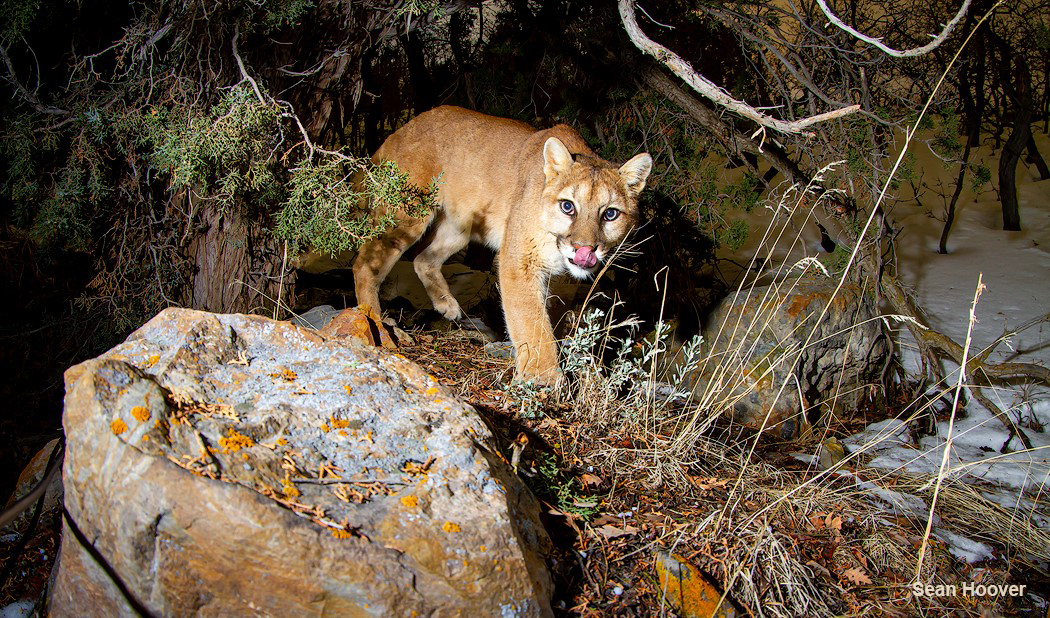
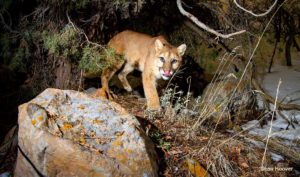
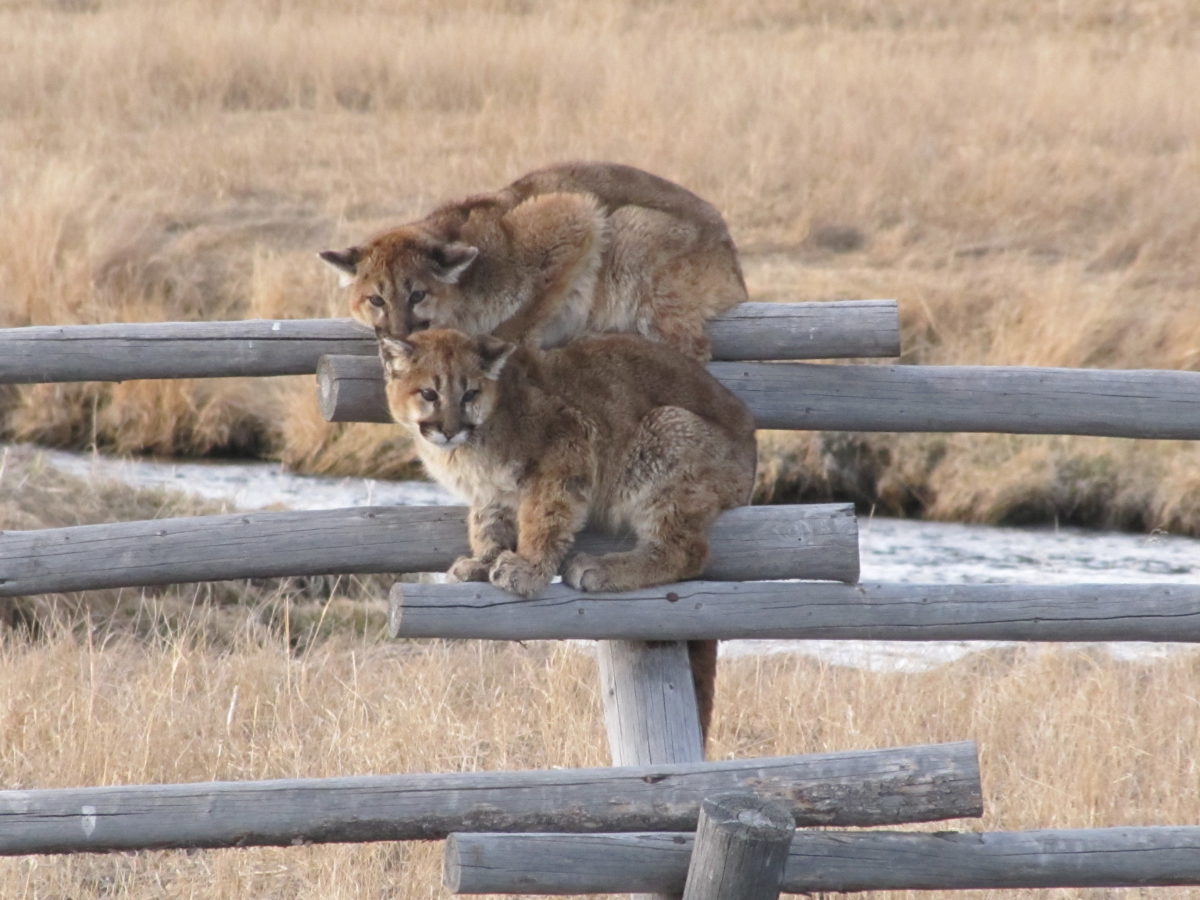
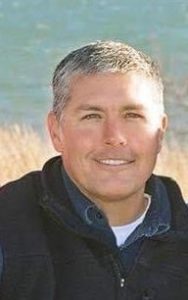

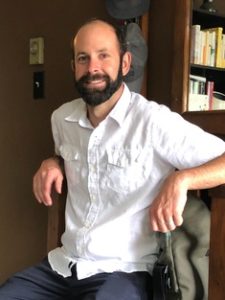 Patrick Lendrum is the Senior Science Specialist for World Wildlife Fund’s (WWF) Northern Great Plains (NGP) Program. He leads the development of science priorities for the program, implementing projects to answer key scientific questions that address the loss of native grasslands and the impacts that these losses may have on the wildlife and human communities that depend on them. Patrick also oversees the measurement of progress toward the NGP Program’s conservation goals and partnerships with a variety of stakeholders in order to develop shared conservation solutions.
Patrick Lendrum is the Senior Science Specialist for World Wildlife Fund’s (WWF) Northern Great Plains (NGP) Program. He leads the development of science priorities for the program, implementing projects to answer key scientific questions that address the loss of native grasslands and the impacts that these losses may have on the wildlife and human communities that depend on them. Patrick also oversees the measurement of progress toward the NGP Program’s conservation goals and partnerships with a variety of stakeholders in order to develop shared conservation solutions.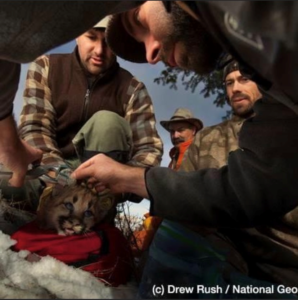 Prior to joining WWF Patrick earned his M.S. and Ph.D. examining the effects of human-caused land use change on wildlife communities and ways to minimize disturbance while promoting sustainable development. He has worked across the western US in a variety of habitats spanning costal rainforests to prairie grasslands, with species ranging from insects to grizzly bears. Patrick has partnered with State, Federal, Private, and NGO entities to build large-scale collaborations in diverse working landscapes. The research Patrick has been involved with has been featured in National Geographic Magazine, BBC documentaries, and published in numerous peer-reviewed scientific articles. He is thrilled to now be conducting applied science that contributes towards WWF’s mission of securing a future that meets the needs of humans and nature.
Prior to joining WWF Patrick earned his M.S. and Ph.D. examining the effects of human-caused land use change on wildlife communities and ways to minimize disturbance while promoting sustainable development. He has worked across the western US in a variety of habitats spanning costal rainforests to prairie grasslands, with species ranging from insects to grizzly bears. Patrick has partnered with State, Federal, Private, and NGO entities to build large-scale collaborations in diverse working landscapes. The research Patrick has been involved with has been featured in National Geographic Magazine, BBC documentaries, and published in numerous peer-reviewed scientific articles. He is thrilled to now be conducting applied science that contributes towards WWF’s mission of securing a future that meets the needs of humans and nature.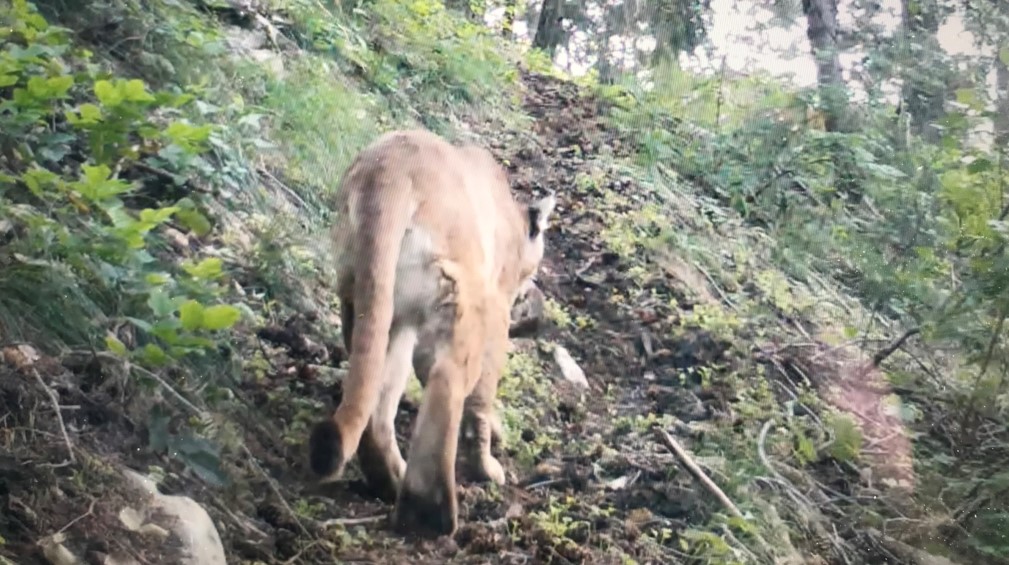
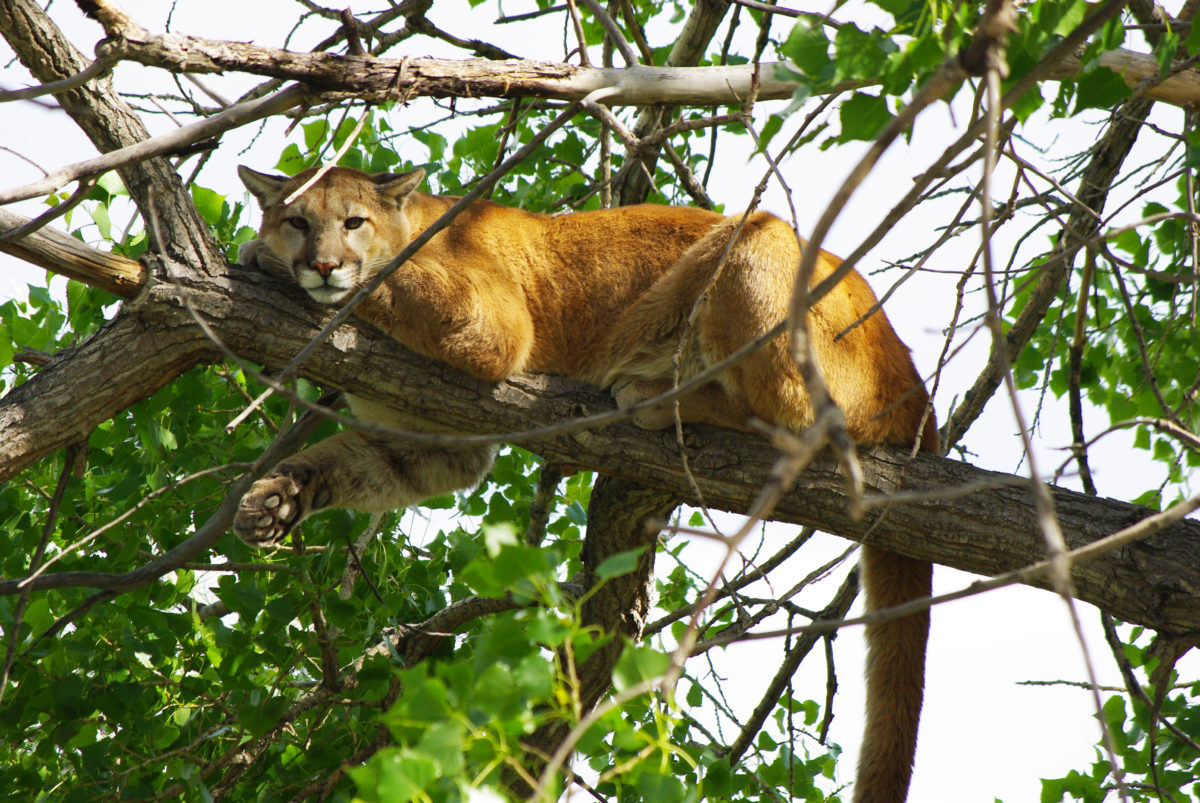
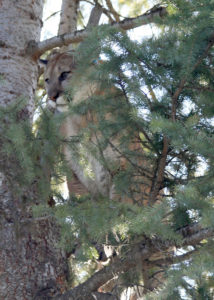 Nebraska Game and Parks Commission is accepting public comment now through June 9, 2021 at 1:00 PM CT.
Nebraska Game and Parks Commission is accepting public comment now through June 9, 2021 at 1:00 PM CT.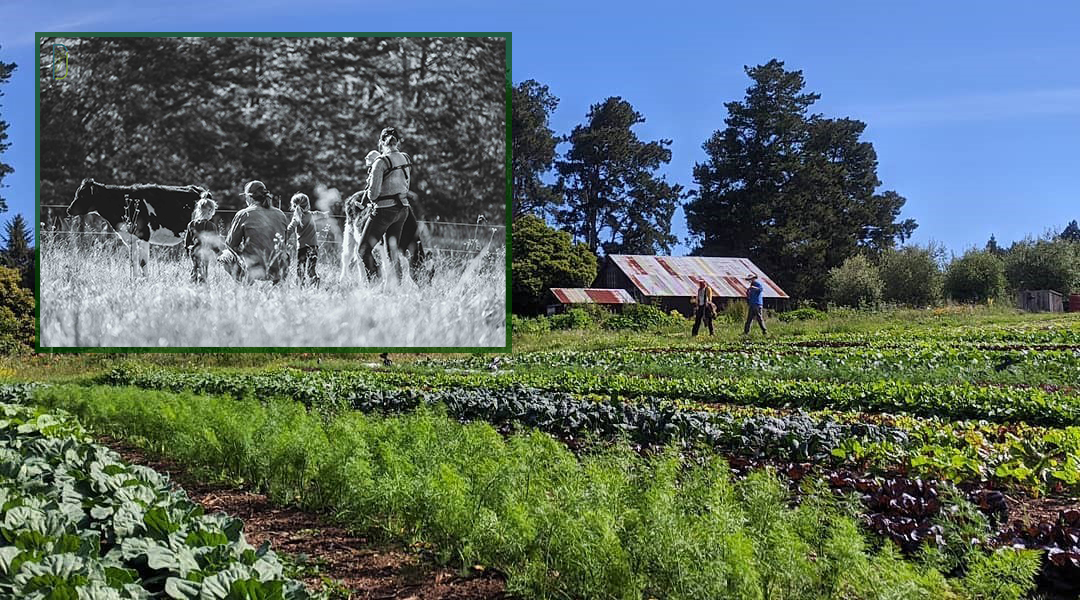
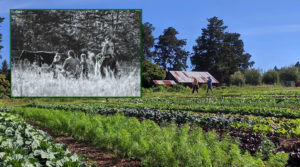
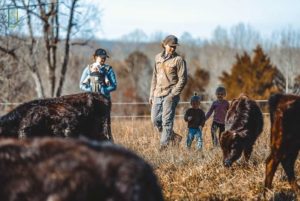 Daniel Firth Griffith is a storyteller, regenerative farmer, and a lover of the wildwoods. A first-generation farmer with a background in high-technology and entrepreneurship, Daniel’s life pivoted after being diagnosed with a life-threatening and degenerative genetic disease in 2012. He turned to farming—what ultimately emerged into regenerative conservation work—as “the last resort” in his health journey. What he found, however, was a life complete with abundance, joy, and health.
Daniel Firth Griffith is a storyteller, regenerative farmer, and a lover of the wildwoods. A first-generation farmer with a background in high-technology and entrepreneurship, Daniel’s life pivoted after being diagnosed with a life-threatening and degenerative genetic disease in 2012. He turned to farming—what ultimately emerged into regenerative conservation work—as “the last resort” in his health journey. What he found, however, was a life complete with abundance, joy, and health.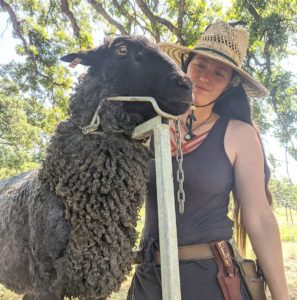 Agriculture and land management have always been an important part of Gowan Batist’s life. She is a Master Gardener, and studied Sustainable Agriculture through Oregon State University’s Extension Service. After graduating, she moved to Mendocino County to manage the farm-to-school program and the Noyo Food Forest. In 2013, Gowan Batist and her family founded Fortunate Farm. Together with North Coast Brewing Company, they purchased 40 acres–13 of which are owned by North Coast Brewing Company and 27 are owned by the Batist family. Gowan Batist manages the whole 40-acre farm as North Coast’s Sustainability Manager. The 40-acre farm located in Mendocino County produces heirloom vegetables and fresh cut flowers. To enhance the diversity of her farm, Batist also raises flock of sheep and sells the wool to local fiber artists.
Agriculture and land management have always been an important part of Gowan Batist’s life. She is a Master Gardener, and studied Sustainable Agriculture through Oregon State University’s Extension Service. After graduating, she moved to Mendocino County to manage the farm-to-school program and the Noyo Food Forest. In 2013, Gowan Batist and her family founded Fortunate Farm. Together with North Coast Brewing Company, they purchased 40 acres–13 of which are owned by North Coast Brewing Company and 27 are owned by the Batist family. Gowan Batist manages the whole 40-acre farm as North Coast’s Sustainability Manager. The 40-acre farm located in Mendocino County produces heirloom vegetables and fresh cut flowers. To enhance the diversity of her farm, Batist also raises flock of sheep and sells the wool to local fiber artists.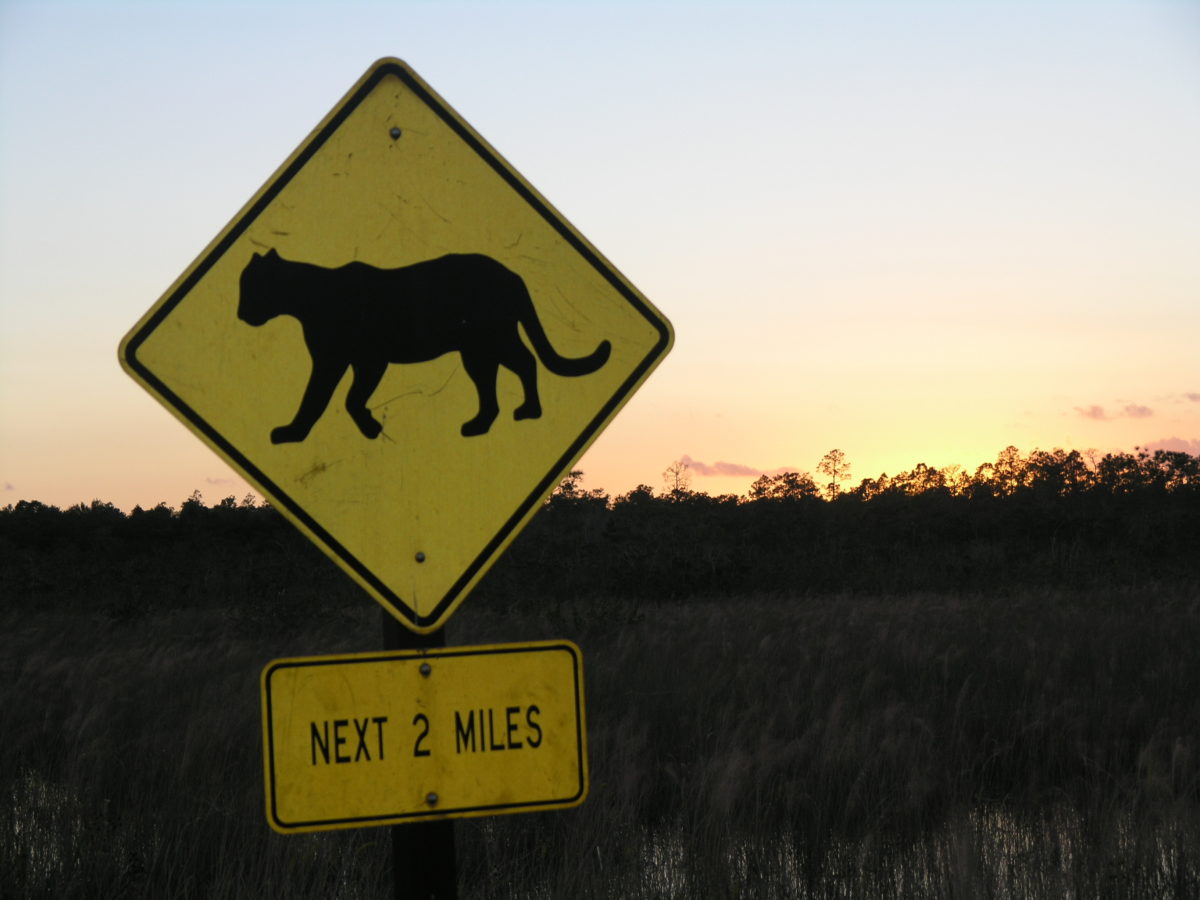
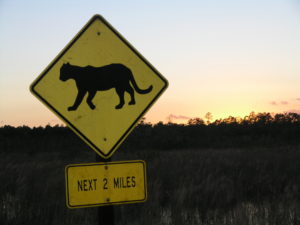 We wanted to share an update from the No Roads to Ruin Coalition of which we are a part. Along with the Coalition, we have actively been working to halt the development of the toll roads that would further fragment crucial habitat that Florida panthers and other wildlife rely on for survival.
We wanted to share an update from the No Roads to Ruin Coalition of which we are a part. Along with the Coalition, we have actively been working to halt the development of the toll roads that would further fragment crucial habitat that Florida panthers and other wildlife rely on for survival.